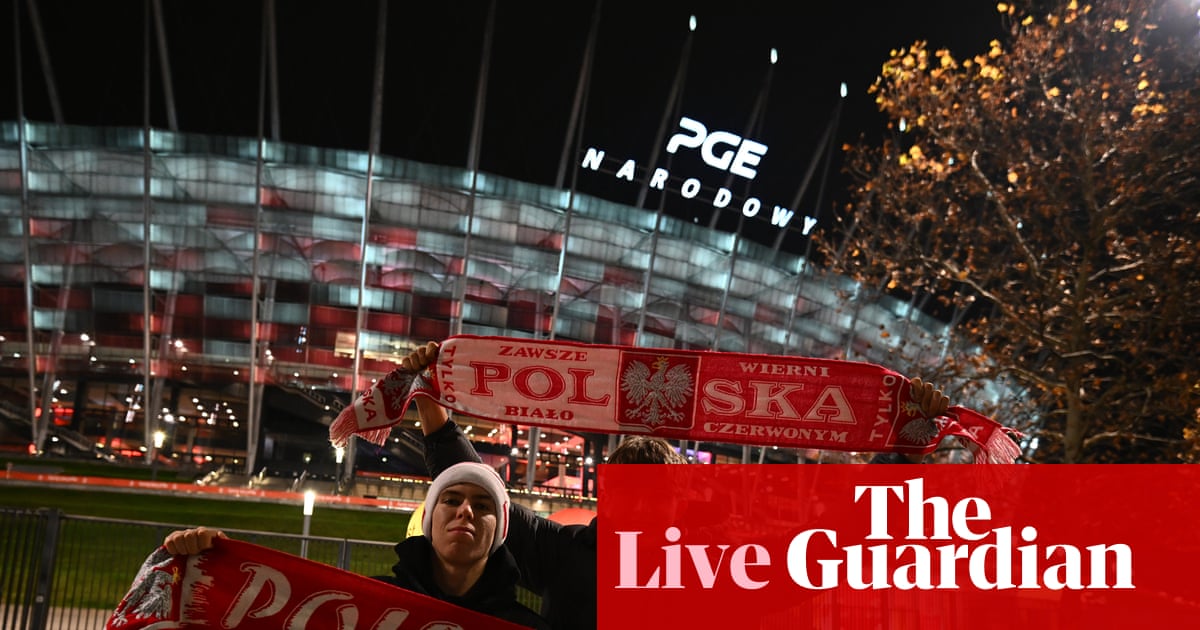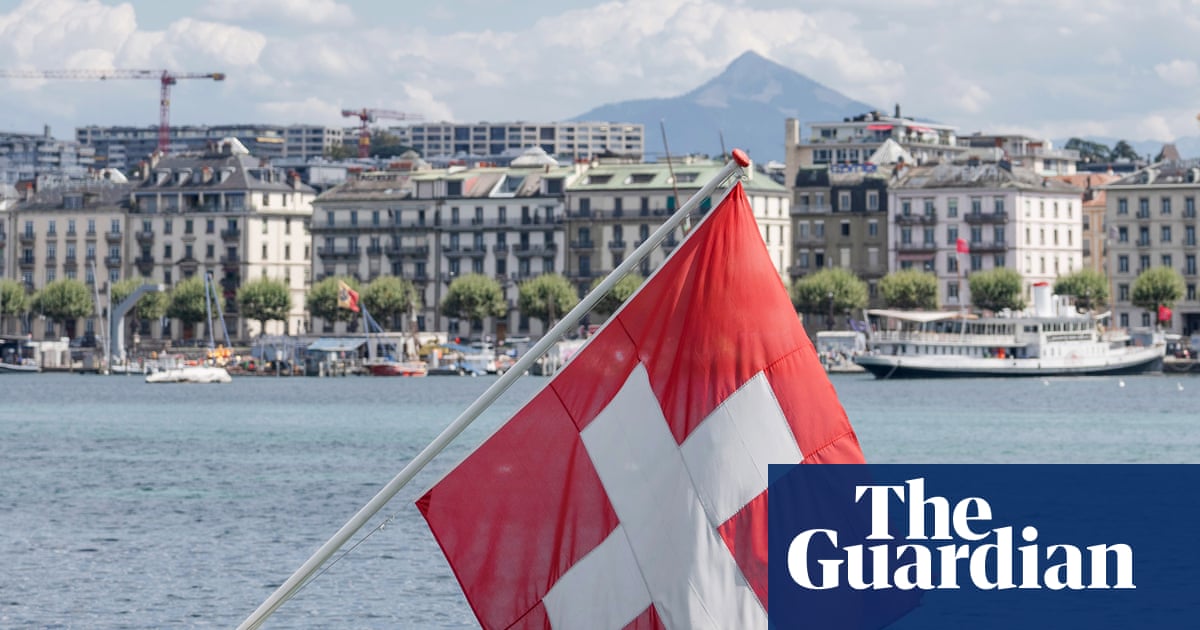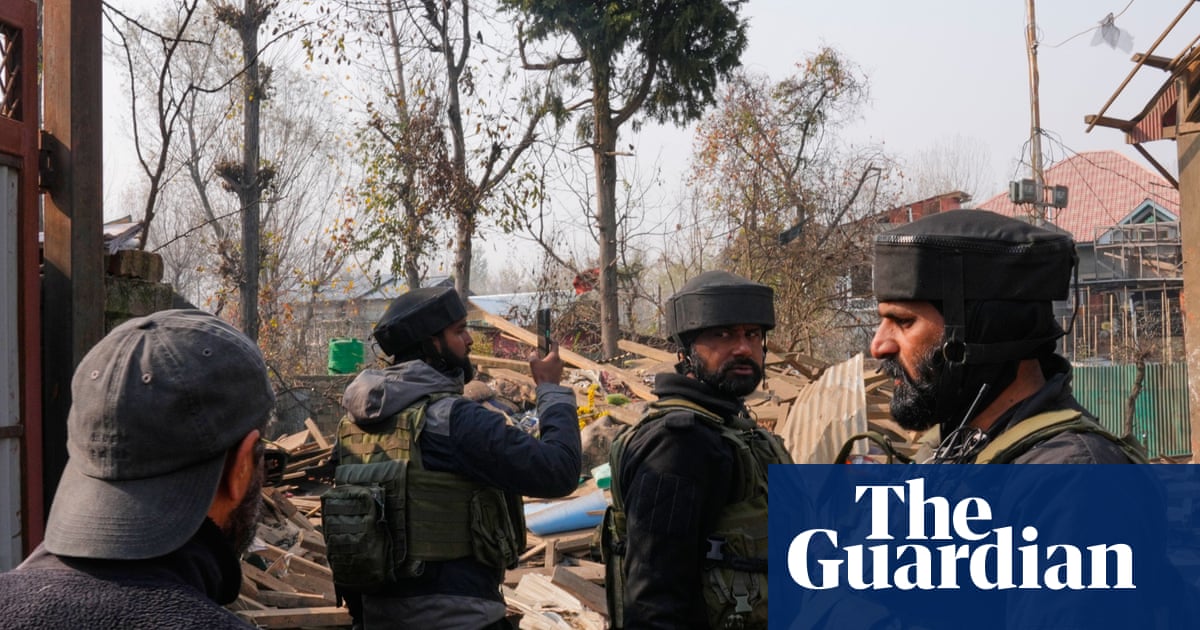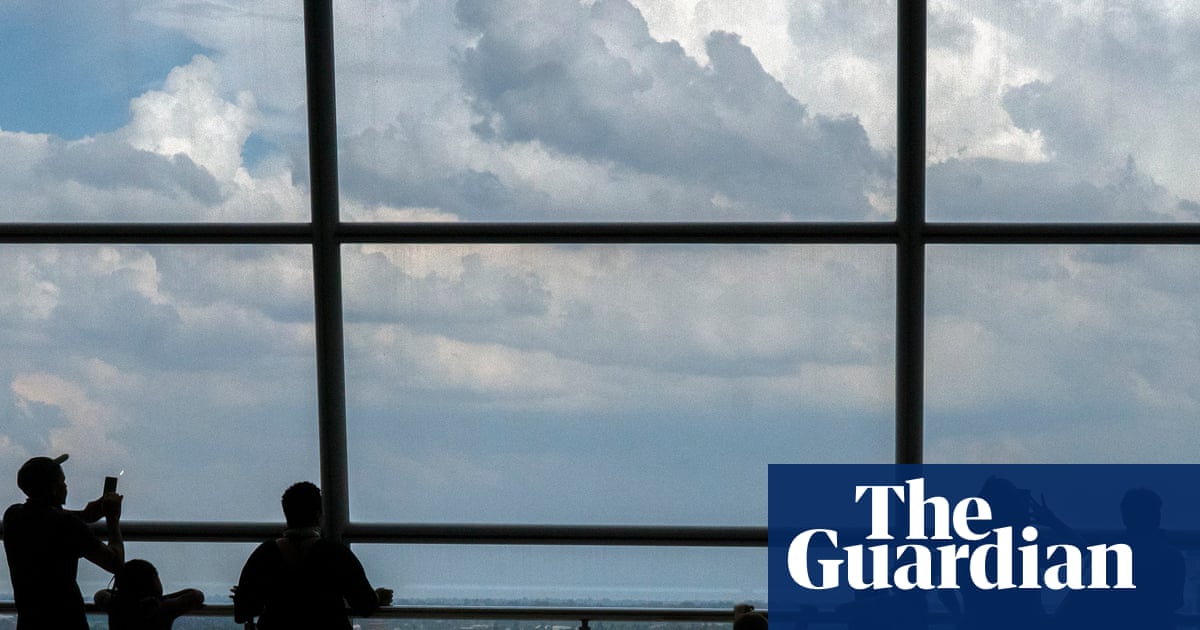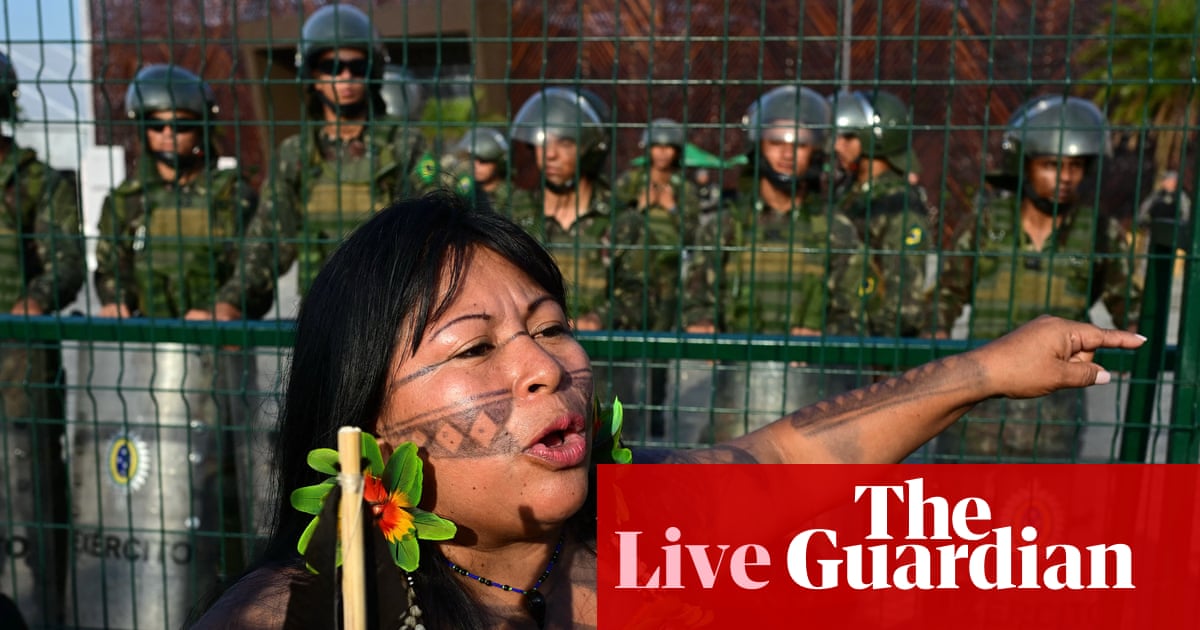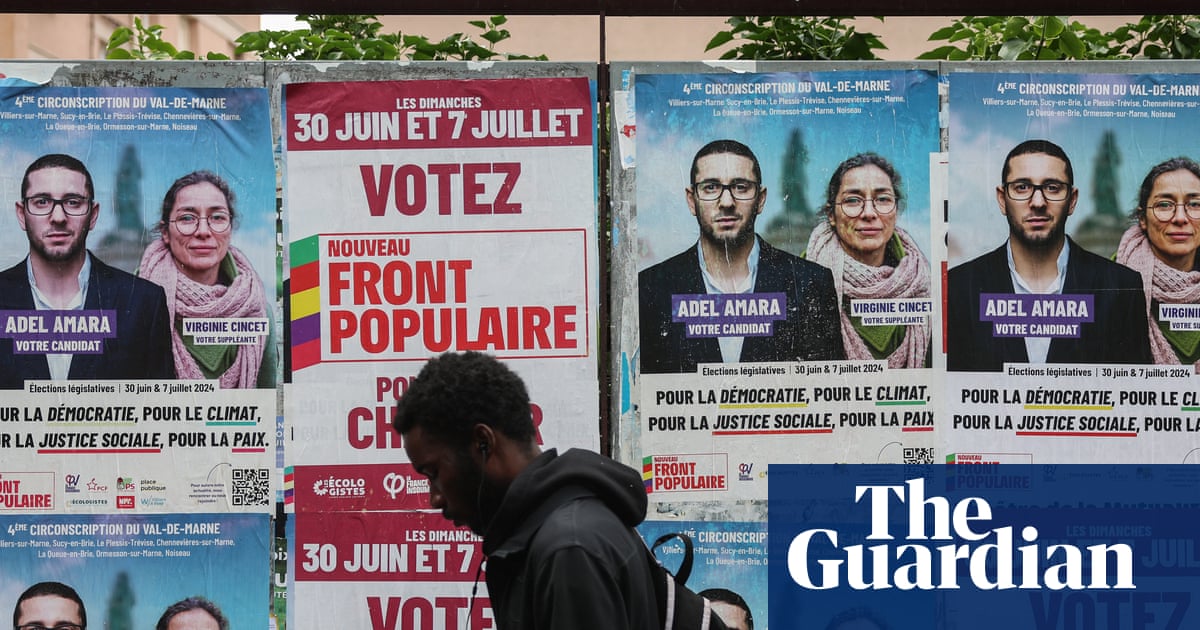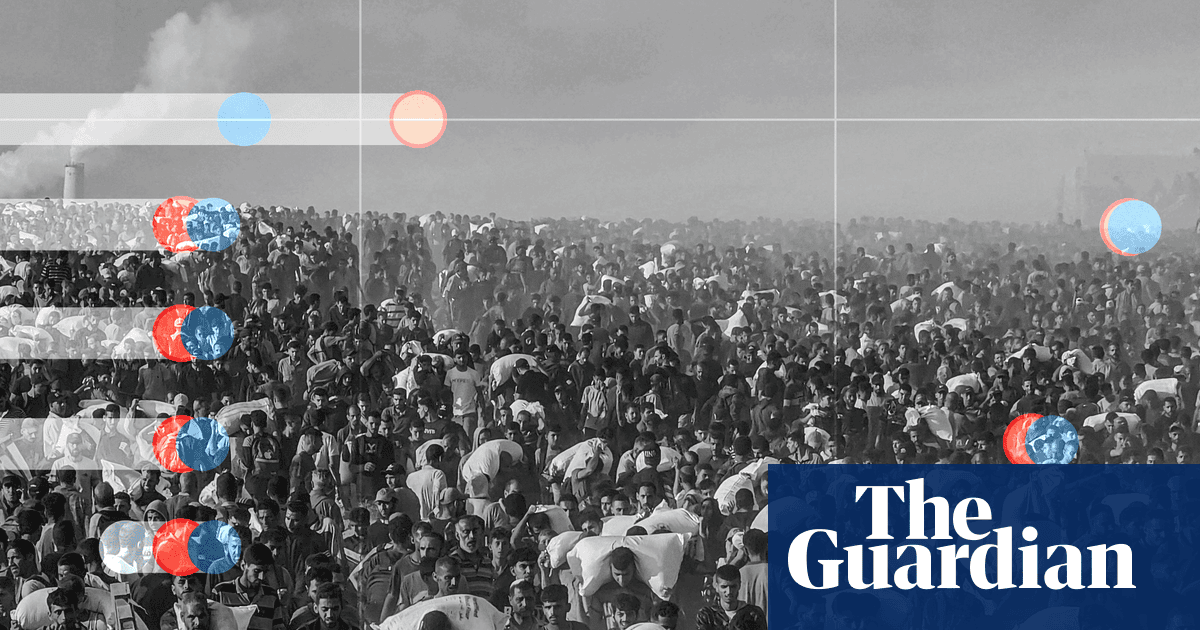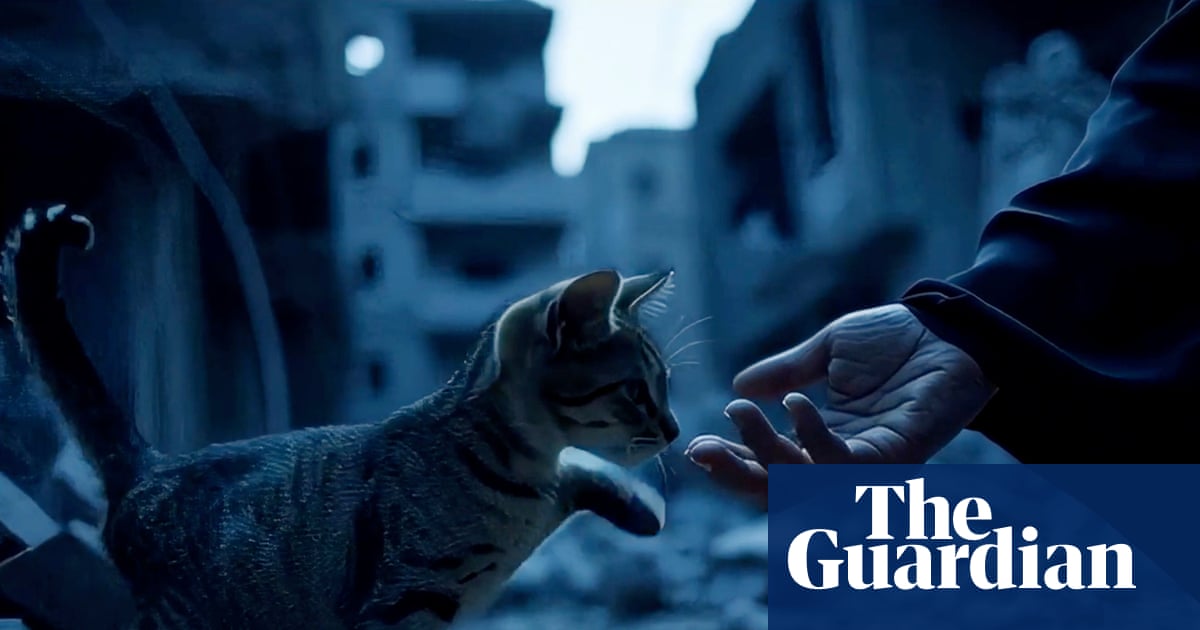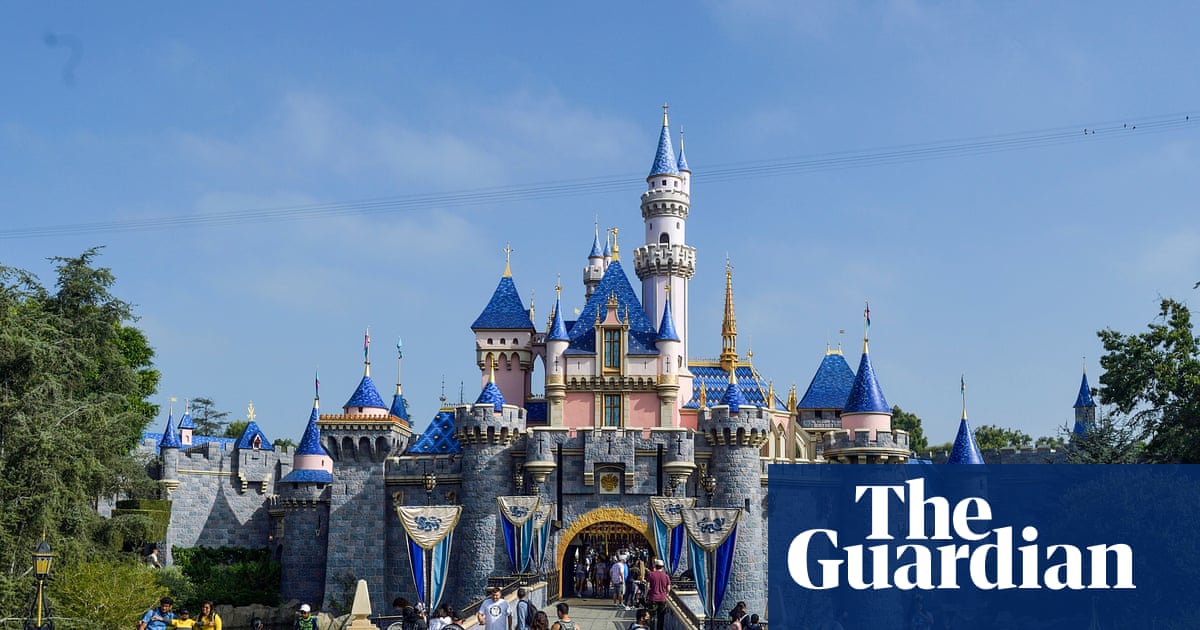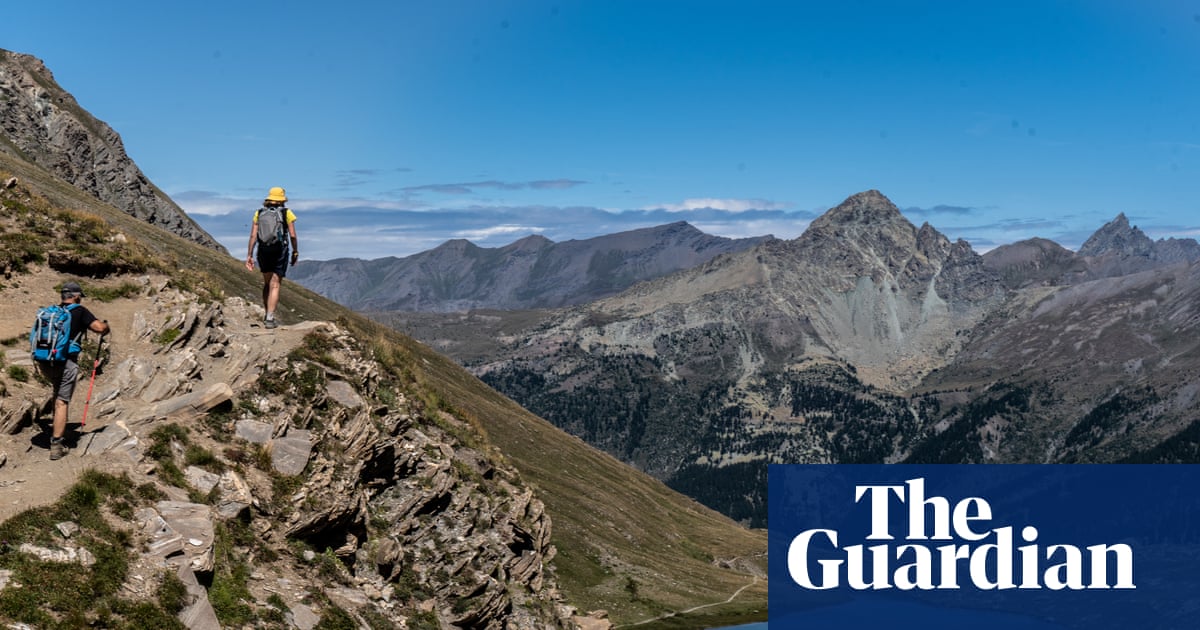The US is planning for the long-term division of Gaza into a “green zone” under Israeli and international military control, where reconstruction would start, and a “red zone” to be left in ruins.
Foreign forces will initially deploy alongside Israeli soldiers in the east of Gaza, leaving the devastated strip divided by the current Israeli-controlled “yellow line”, according to US military planning documents seen by the Guardian and sources briefed on American plans.
“Ideally you would want to make it all whole, right? But that’s aspirational,” said a US official, speaking on condition of anonymity. “It’s going to take some time. It’s not going to be easy.”
The US military plans raise serious questions about Washington’s commitment to turning the ceasefire announced last month into an enduring political settlement with Palestinian rule across Gaza, which was promised by Donald Trump.
Plans for Gaza’s future have been shifting at a dizzying rate, reflecting a chaotic, improvised approach to resolving one of the world’s most complex and intractable conflicts and providing aid including food and shelter to 2 million Palestinians.
After weeks in which the US promoted reconstruction in the form of fenced-in camps for small groups of Palestinians, referred to as “alternative safe communities” (ASC), those plans were dropped this week, the US official said.
“That’s a snapshot of a concept that was put forth at a certain time,” the US official said. “They’ve already moved on from that.”
Humanitarian organisations who have repeatedly raised major concerns about the ASC model said on Friday they had yet to be notified of the change of plans.
Without a workable plan for an international peacekeeping force, the withdrawal of Israeli troops, and large-scale rebuilding, Gaza risks slipping into limbo after two years of devastating war.

Mediators have warned of a situation that is “not war but not peace” in a divided Gaza, with regular Israeli attacks, an entrenched occupation, no Palestinian self-rule and limited reconstruction of Palestinian homes and communities.
The creation of an international stabilisation force (ISF) underpins Trump’s 20-point “peace plan”. The US hopes a draft UN security council resolution giving the force a formal mandate will pass early next week and expects firm details of troop commitments to follow.
“The first step is we have to get the [resolution],” the US official said. “Countries are not going to make firm commitments until they actually see the language that has been passed.”
Trump has ruled out putting any US soldiers on the ground to pave the way for an Israeli withdrawal, or funding reconstruction. “The US has been very clear they want to set the vision and not pay for it,” said one diplomatic source.
Earlier this month, the US military regional Centcom command drew up plans to put European forces – including hundreds of British, French and German soldiers – at the core of the ISF, documents seen by the Guardian show.
They include up to 1,500 infantry soldiers from the UK, with expertise including bomb disposal and military medics, and up to 1,000 French troops to cover road clearance and security.
The US also wanted troops from Germany, the Netherlands and Nordic countries to handle field hospitals, logistics and intelligence.
One source described those plans as “delusional”. After long missions in Iraq and Afghanistan, very few European leaders would be willing to risk their soldiers’ lives in Gaza, although they have pledged other support. Only Italy has offered a potential troop contribution.
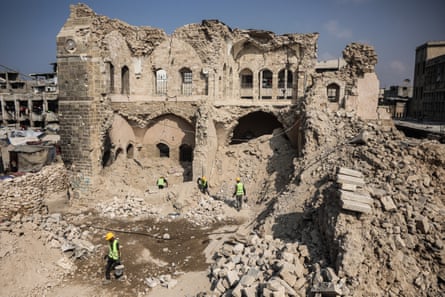
The documents were marked unclassified, suggesting the US did not consider the military plans to be highly sensitive, and they apparently collided with reality in a matter of days.
A US official said the figures laid out in the documents contained “many inaccuracies” and Washington did not expect European troops to form the core of the ISF, adding that planning for Gaza was moving fast.
“It is very dynamic. It is very fluid,” the US official acknowledged. “There are only a few people who actually understand and have their hand on the wheel of this thing.”
Jordan was listed as a possible contributor of hundreds of light infantry troops and up to 3,000 police officers, even though King Abdullah has explicitly ruled out sending troops because his country is “too close politically” to Gaza.

More than half of Jordanians are of Palestinian descent, and agreeing to police the territory’s ruins in coordination with Israeli forces would be an explosively unpopular threat to Jordan’s national security.
As of Thursday, the US military was expecting core contributions from a generously broad group described as “Nato and partners”, which included countries across Europe, Asia and the Middle East.
A US “concept of operation” for the ISF specifies that troops will serve in the “green zone only”. The US envisages the deployment “starting small” in a limited area with a few hundred troops, then expanding slowly to a full strength of 20,000 across the area.
It would not operate on the western side of the “yellow line”, where Hamas is reasserting control. “You’re not going to leave [the green zone],” the US official said.
Another document lays out plans for foreign soldiers to man crossings along the line of control after “integrating” with Israeli forces stationed along it, a mission likely to alarm potential troop-contributing nations.
They are wary of getting caught in crossfire between Hamas and Israeli soldiers, and borders are usually potential flashpoints. They also fear opening the way for accusations that the ISF is propping up an ongoing Israeli occupation of Gaza.
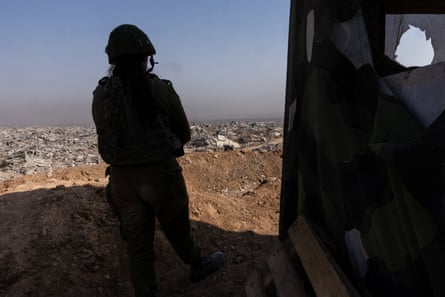
The Israeli military will “consider conditions for withdrawing” at a later stage when international security is in place, the plan states, without setting out any timeline.
Reunifying Gaza is part of a process of “moving it toward stabilisation and lasting peace and a transition to civilian governance”, the US official said, but they added it was impossible to put a date on when it might happen.
Trump’s 20-point plan describes a new Palestinian police force as “the long-term internal security solution” for Gaza, but US planners have assigned it only a limited role. The outline calls for an initial 200 recruits, growing over a year to a force of 3,000 to 4,000 officers, equivalent to just one in five of the planned security deployment.
Reconstruction
US military planners also see reconstruction inside the “green zone” as part of a nebulous path to reuniting Gaza by convincing Palestinian civilians to move across the line of Israeli control.
“As things progress and you create conditions for there to be significant progress on reconstruction, you [will] have Gazan civilians moving there beginning to thrive,” the US official said. “People will say ‘hey we want that’, and so it evolves in that direction. No one’s talking about a military operation to force it.”
Yet even marking out a “green zone” in Gaza risks drawing comparisons with Iraq and Afghanistan, where the phrase became synonymous with US military failures.
In Baghdad and Kabul, the green zones were enclaves ringed by concrete blast barriers where western forces and their local allies retreated to escape the violence their mission had unleashed in the communities around them.

The plan to use aid to tempt the Gaza population into an area under Israeli control, after two years of a war deemed genocidal by a UN commission, has echoes of other disastrous US policies from those conflicts.
Around a decade before the Taliban took Kabul, the US claimed it was bringing “government in a box” to southern Helmand to win over civilians. The province remained an insurgent stronghold.
Trump’s 20-point plan commits to the demilitarisation of Palestinian factions in Gaza and an eventual Israeli withdrawal to a “security perimeter” carved out of Palestinian land. It would be facilitated by the ISF and allow rebuilding to begin “for the benefit of [Gaza’s] people”.
The need for reconstruction is urgent, with more than 80% of structures in Gaza damaged or destroyed in the war, including almost all schools and hospitals, according to UN data.
More than a month into the ceasefire, Israel continues to limit aid shipments into Gaza, including barring basic items, such as tent poles, that it classifies as “dual use” because it says they have the potential to be used for military purposes.
Nearly 1.5 million Palestinians are waiting for emergency shelter items and hundreds of thousands more are living in tents without access to basic services such as clean water. Almost all the population – more than 2 million people – are crowded into the red zone, a strip along the coast that covers less than half of Gaza’s surface area.

 2 hours ago
2
2 hours ago
2
